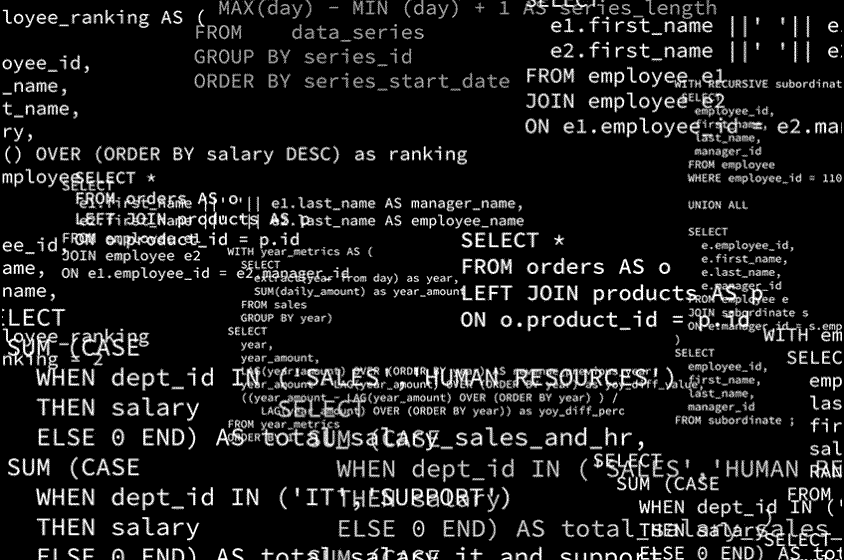Every email marketer seeks higher email deliverability as it is one of the essential metrics for establishing a good relationship with the recipients. Of course, the subject line should be persuasive for an email to get opened and the content – engaging enough to get a click-through.
But again, what are these things if the email never gets into the client’s inbox? In this article, we will look at not-so-obvious, but the significant step you can take to improve the deliverability (and security) of your emails – DMARC, as well as discuss all the pros and cons (we believe there are primarily pros) of using DMARC Analyzer.
What Is DMARC?
DMARC stands for Domain-based Message Authentication, Reporting & Conformance. An email authentication protocol was created to ensure that the email was sent from a genuine domain owner, not somebody impersonating them.
DMARC is implemented on top of two other commonly used authentication protocols: SPF and DKIM. It aligns them and provides reports that include information on all domain sending activity.
But why do we need any extra implementable protective mechanisms? Aren’t our emails protected as they are? Unfortunately, they are not. The original Simple Mail Transfer Protocol (SMTP) was created without any security mechanisms. As a result, it opened many possibilities for online scams of all sorts (like email phishing and spoofing). That is why protocols like SPF, DKIM, and DMARC were introduced to improve email security. These protective measures inevitably started to influence email deliverability, and in a minute, we’ll see how.
Why DMARC is Important?
We can’t say that implementing DMARC to improve deliverability and security is essential because in 2021 – it is simply crucial. Here is what you get with DMARC, primarily if you use DMARC Analyzer:
Protection from cyber-attacks.
As we already mentioned, this is the original goal of creating the DMARC protocol. And as of today, it is one of the top protective mechanisms you could adopt.
Full domain visibility.
Using the DMARC report analyzer, you can easily see everything going on on your email-sending domain: every source that sends emails on your behalf.
Authentication issues detection.
DMARC runs alignment check with SPF and DKIM. So if anything happens to one of those records – you will see that in your DMARC reports.
Domain traffic control.
With DMARC implementation, you get complete control over every source sending emails to your subscribers and ensure all of them are legitimate.
Now that you understand what DMARC is and how beneficial it is for email marketing – you’ll find enough reasons to implement it. And now it’s time to talk about its influence on deliverability.
How DMARC Improves Deliverability?
As mentioned before, DMARC became a necessity for email protection from cyber risks. Those mailbox providers who care about their users and comply with DMARC became very thorough about whose emails may and may not get to their users’ mailboxes. Emails that cannot authenticate can be rejected or throttled so that the mailbox provider can see how recipients interact with it and whether they mark it as spam.
On the other hand, when you have DMARC implemented on your email-sending domain, it sends a clear message to the mailbox provider that you are a legitimate sender, which, in turn, increases your chances to land in the recipient’s inbox.
Another aspect of DMARC’s influence on deliverability lies within its ability to detect authentication issues. For example, if your SPF record is misconfigured or the DKIM key has expired, your emails will fail the authentication process and might end up in a spam folder. With DMARC in place, you will see this problem in your daily DMARC report. And if you have a DMARC analyzer, you will receive a notification as soon as the issue occurs.
It leads us to the last point of this article – why the DMARC analyzer is a huge help.
Why You Need DMARC Analyzer?
First of all – what is it? DMARC analyzer (or DMARC report analyzer) is a SaaS tool that provides analytics for your DMARC reports and support to help navigate all the intricacies of DMARC protocol.
Ok, this is all good, but why can’t I ‘navigate all the intricacies of DMARC protocol’ on my own?
You can, but here is a couple of things you should know:
- DMARC reports were not created to be read by human beings, so they come in XML format. Even after converting them into a readable format, it is still not easy and not very convenient to analyze the data you get in the report.
- DMARC reports come every day – one report for one email server. The wider the email reach, the more reports coming back, up to hundreds or even thousands per day. Those willing to take care of reports without third-party tools will have to create a separate mailbox to store them.
That is why a third-party DMARC report analyzer is a great help. It receives, stores, analyzes your reports, and you get your information in a user-friendly format.
Tools of different companies may have various extra features. GlockApps DMARC Analytics, for example, provides instant alerts if any suspicious activity is detected, offers in-depth reports, live chat, and if you need any help. As a bonus, you can use the system Uptime Monitors for authentication records, IPs, and web protocols for free.
And remember that DMARC can only get you so far – other aspects of email deliverability, like the quality of content, sending habits, or following email list best practices, are the things you should constantly improve on.
The Bottom Line
DMARC is an authentication protocol created to protect email domains from cyber-criminals and validate the sender of every given email. Although security was the priority when DMARC was made, it inevitably influenced email deliverability.
Mailbox providers, huge ones, care about their users in terms of the emails they are getting, and if the emails fail DMARC authentication, they might be rejected or throttled.
On the other hand, implementing SPF, DKIM and DMARC will improve your chances of getting into the mailbox since providers will recognize you as a legitimate sender.
Another advantage of having DMARC is that through its reports, you can see any issues with your SPF or DKIM records that otherwise could go unnoticed for a longer time, while your deliverability would have declined.
And lastly, if you want things to be simple, smooth, and fast – always use DMARC report analyzer – a third-party tool explicitly created for receiving, storing, analyzing your DMARC reports, and understandably presenting them.













